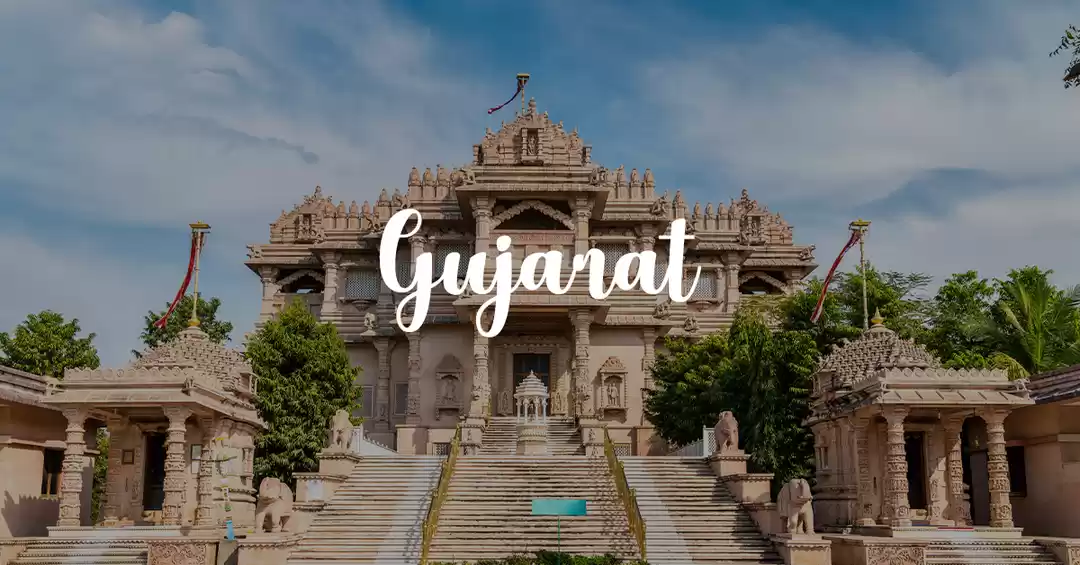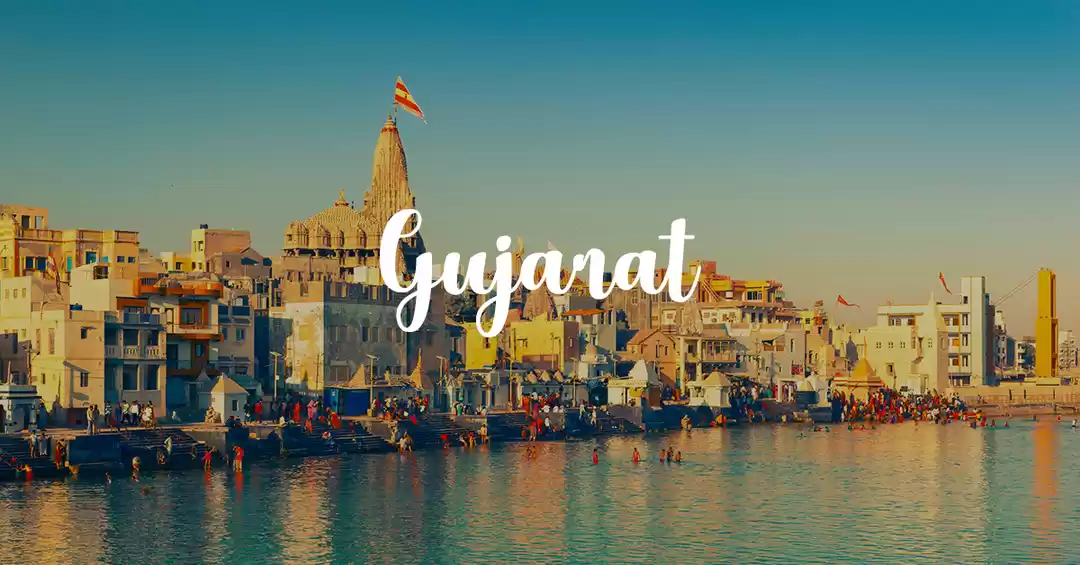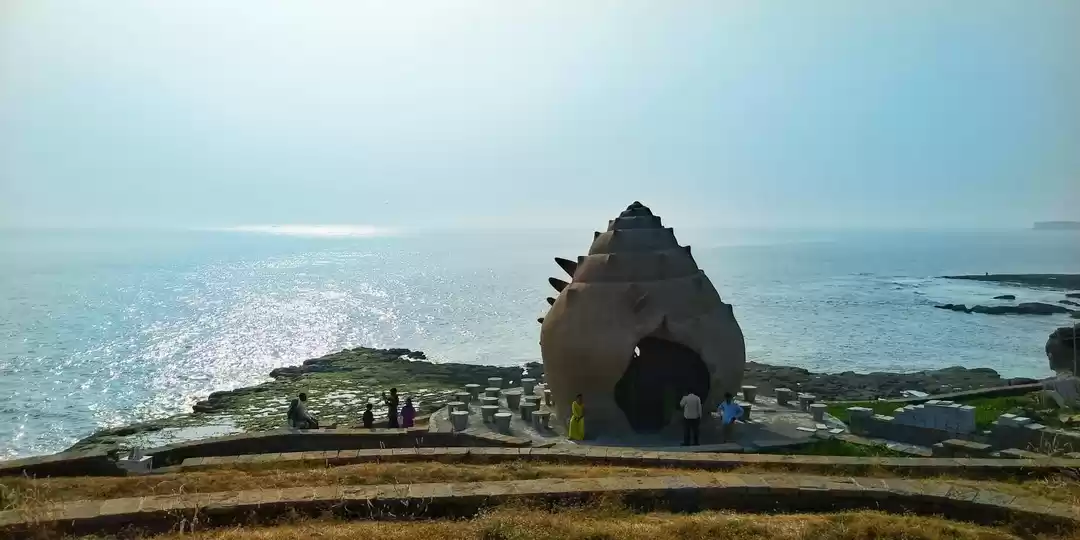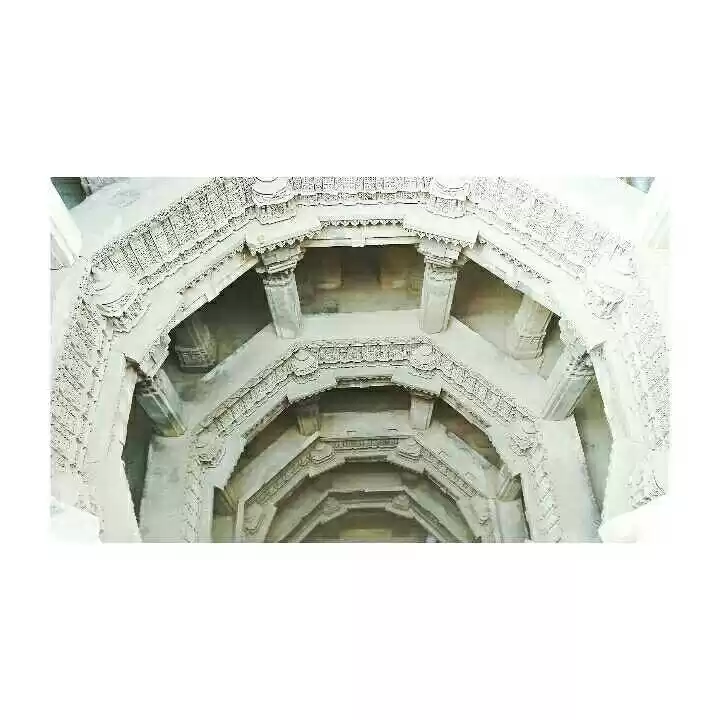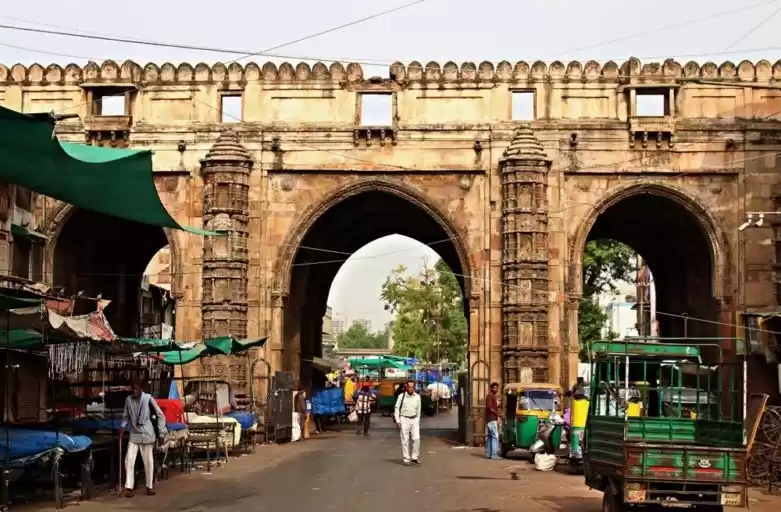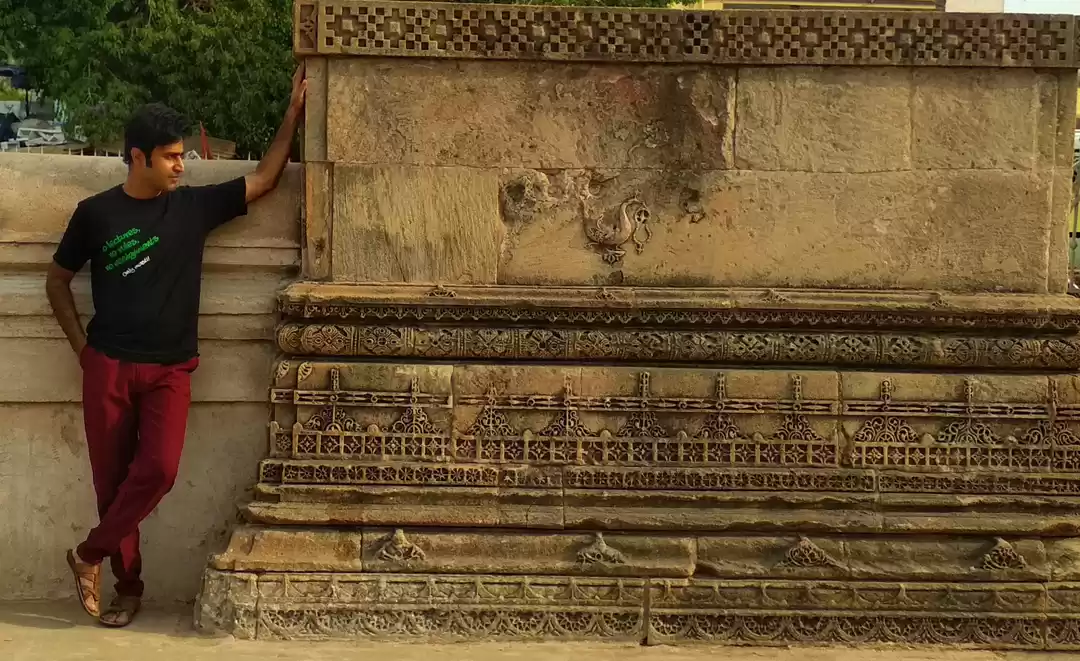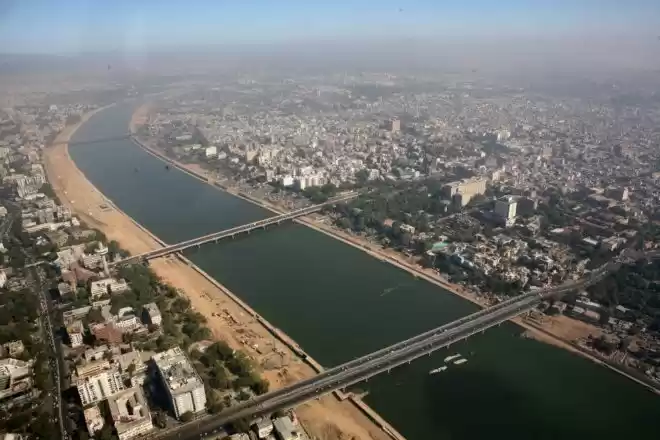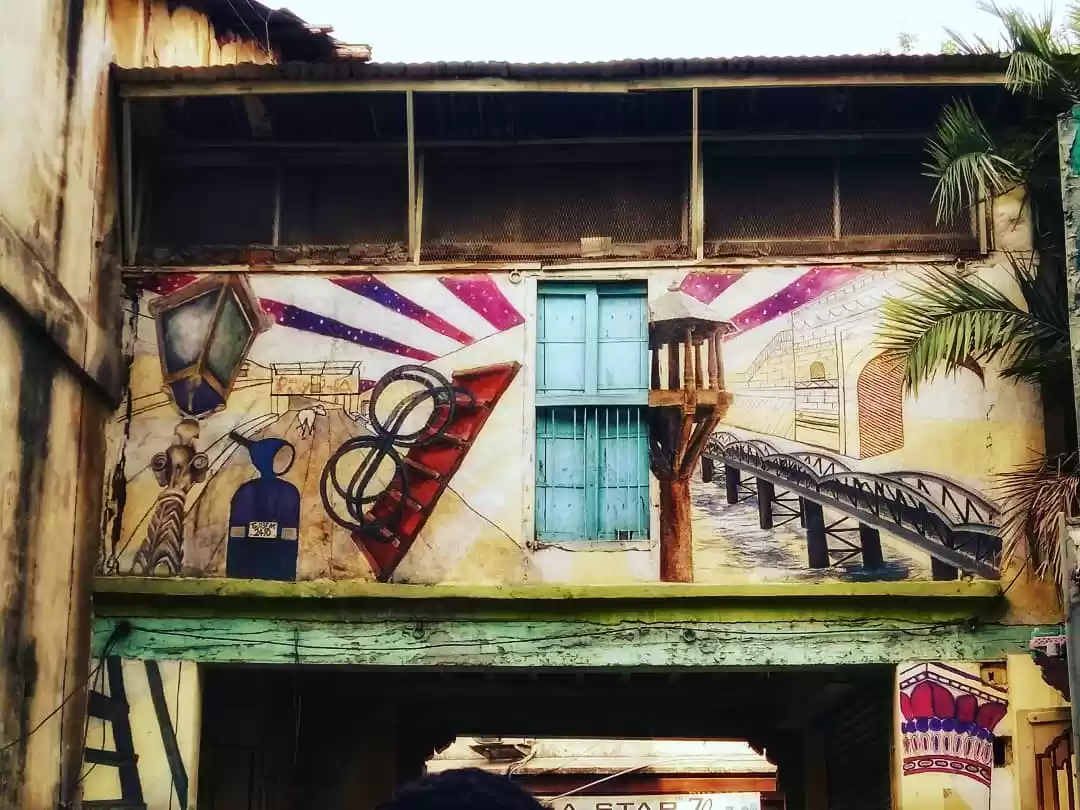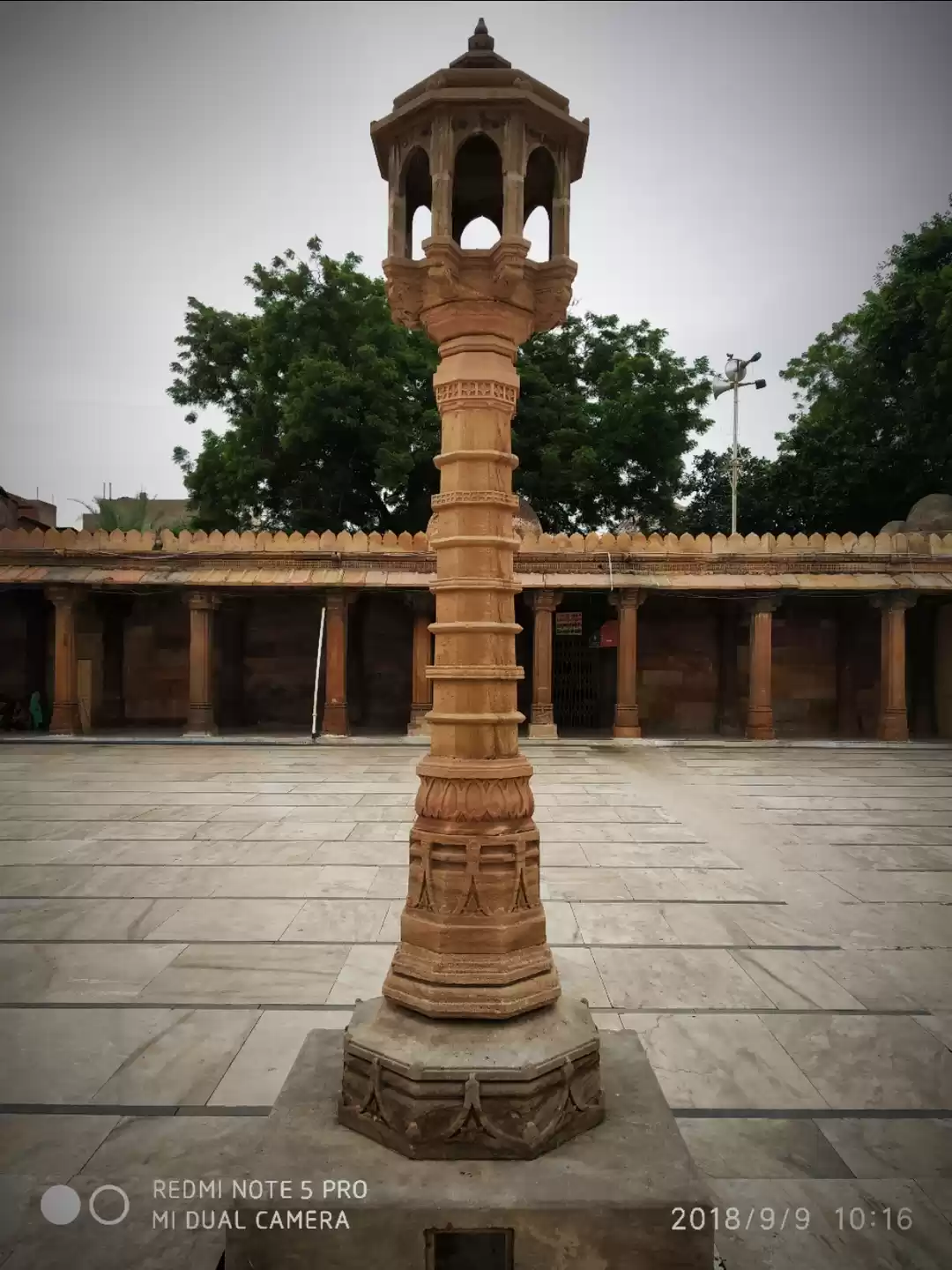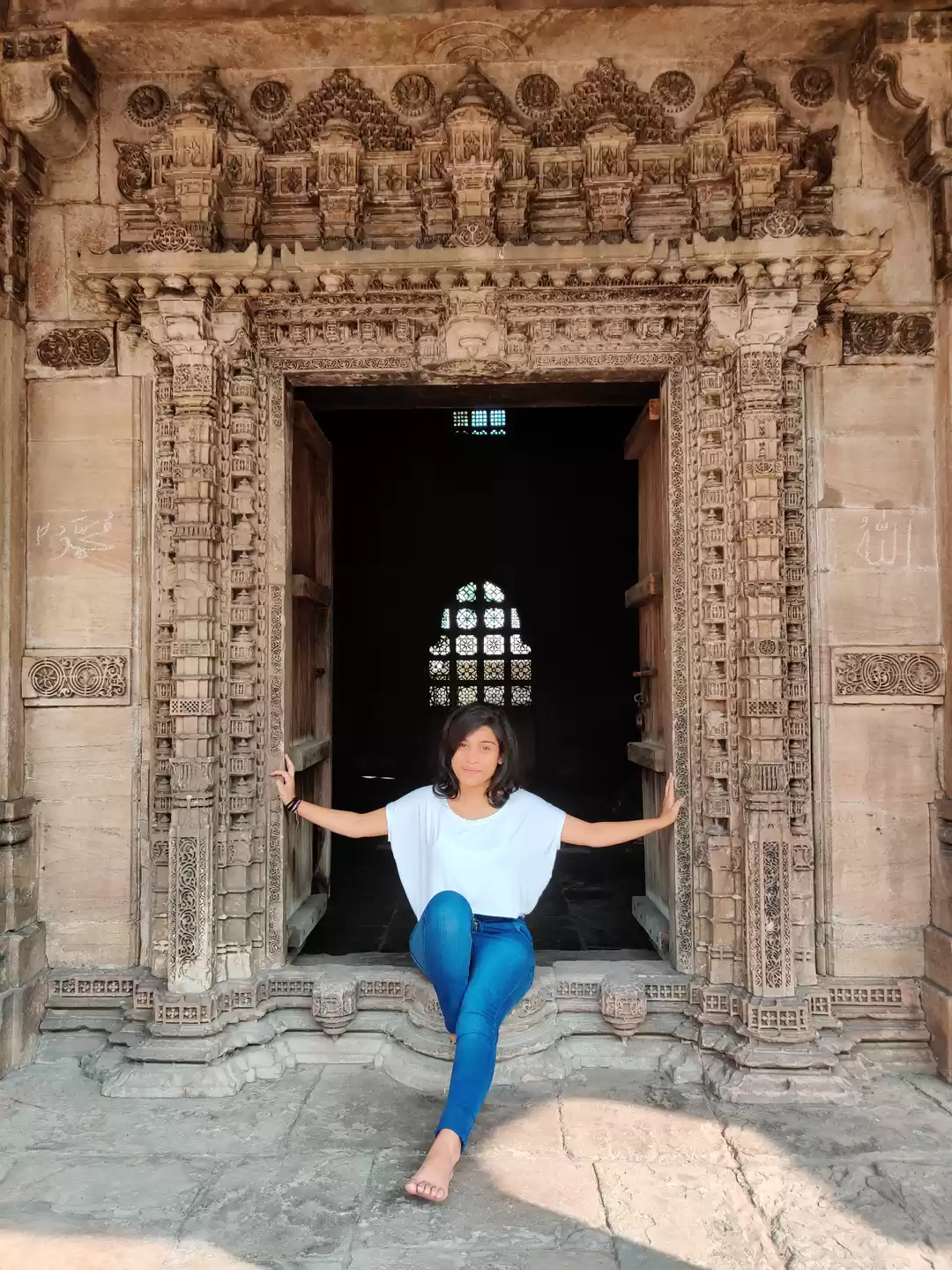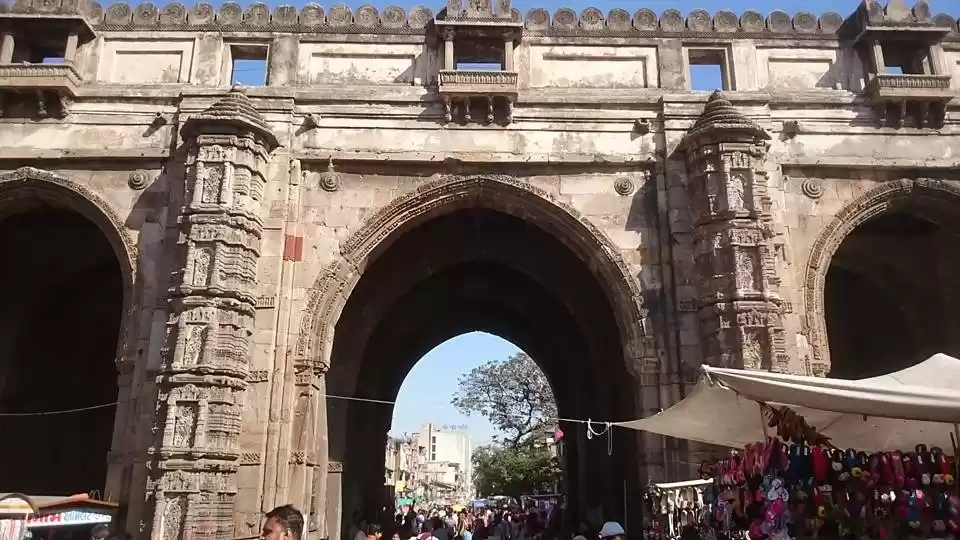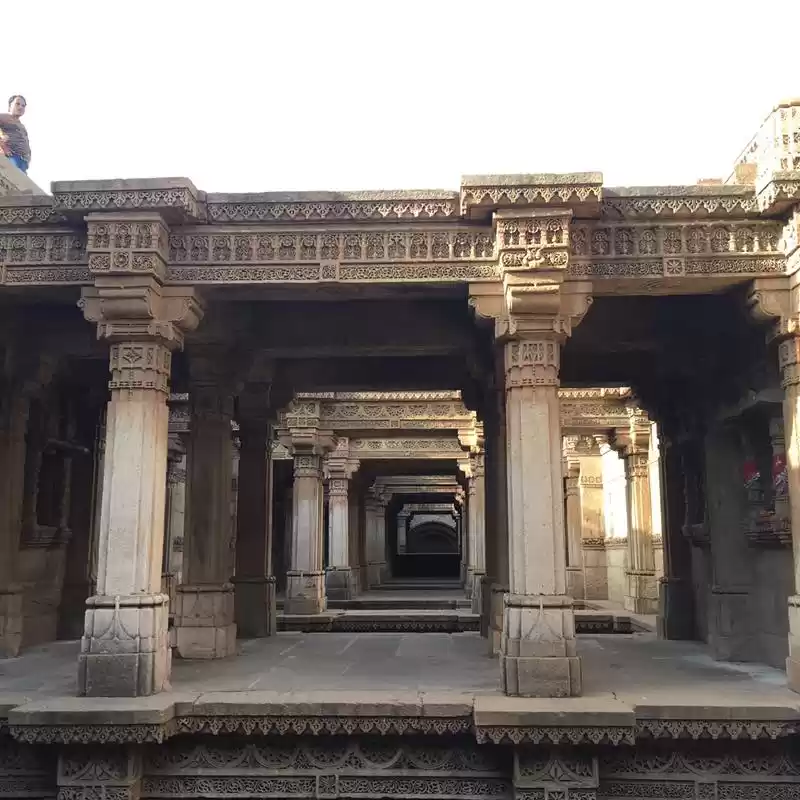
Ahmedabad, is the heart of Gujarat bestowed with rich cultural heritage and exceptional medieval architecture. This politico-cultural city of Indian Independence movement has been honored with India’s First heritage city by UNESCO in 2017.
Ahmedabad was my pit-stop while returning from an amazing trip indulging prayer offered at Somnath, Open-Jeep Lion Safari at Gir National Park and basking at pristine beaches of Portuguese Diu Island. I along-with my friends had a full day to explore the heritage of this city before flying back to our home in the night.
With a well-planned itinerary, almost all significant places in Ahmedabad can be visited in single day. Additional day will be required to cover nearby places like Gandhinagar, Anand or Lothal.
My Trail started with visit to Sidi Saiyyed Mosque popularly called as Sidi Saiyyed Ni Jaali due to its grandeur latticework. Built in 1573, this small yet one of the beautiful mosques is located on a bustling road. The designs of interweave trees and foliage is carved in ten stone latticework windows or Jalis, on rear and side arches. Once a British government office and now under ASI, this place is popular among tourists especially with photography interests.


Now we headed to Bhadra Fort, it was at a walking distance, and the path passes through a famous market Lal Darwaza. The crowded streets of Lal Darwaza are occupied with hawkers selling a variety of items like electronics and clothing. It’s a good place to try various local food items as well, just be extra careful to avoid any mishap in crowd. Bhadra Fort hosts Bhadrakali Temple and hence got this name. Many parts of the forts are now converted to Government offices, leaving only little area to be explored by tourists which including the Roof and some chambers with fresco and carvings. Exploring the fort doesn’t take much time and provides a serene atmosphere amidst lush greenery.




The next stop was Jama Masjid which was over a mile away, so thought of catching up an autorickshaw instead of walking. Autorickshaws are a good way to explore Ahmedabad city, as they are economical, and can take to narrowest of the streets. We later hired the same autorickshaw to drive us to all places of Itinerary. On the way to Jama Masjid, was Teen Darwaza, which was once the gateway into the Maidan Shahi, where royal processions and games were organized.
Soon we reached at one of the largest mosques in India. This Jama Masjid was built by founder of Ahmedabad, Emperor Sultan Ahmed Shah in 1424, 13 years after laying first stone. This magnificently designed mosque also houses the tombs of multiple royal families of that period, including Ahmed Shah, his queens and sons. The main idea behind building this mosque of intricate stonework was serve it as exclusive prayer hall for royalty.



This Jama Masjid embraces Hindu and Jain style architecture, with its Domes carved like lotus flowers resembling the Jain style, while pillars carved like bells resembling to typical Hindu temples.
The main prayer hall is its major attraction due to its meticulous meshwork adorned with 260 evenly spaced Arabic style columns supporting roof with huge domes. We spent some time in serenity of this divine place illuminated with sunlight falling on dazzling white marble courtyard. Now we moved to our next stop, which is an architecture wonder, called as Jhulta Minar. Due to its unique feature, it’s called as swinging minaret in English.
The mystery of Jhulta Minar is that if one of minarets is shaken then the other minaret shakes automatically, without transmission of any vibrations in their connecting passage.
These minarets are part of a small mosque named Sidi Bashir Mosque and have an astonishing architecture. An internal stairway in the middle of Minaret, taking to it’s all three storeys and their stone-crafted balconies, generally remain closed. So, we just gazed at the craftsmanship of medieval India, clicked some pictures before leaving to next destination.




We were planning to go to Adalaj Step Well, which is near Gandhinagar, a bit far from Ahmedabad. But due to time constraint, found it’s alternative that too well within reach, which is Dada Harir Vav. It is an octagonal five storeys deep stairwell. Each floor carved with beautiful motifs and huge vents and pillars. Initially as we stepped on ground level, nothing much was there to see. But believe me, as soon as we stepped forward, a deep network of stairs and pillars plunging down multiple storeys started appearing with rays of sunlight illuminating its beautiful carvings.
Build sometime 500 years ago by Sultan Bai Harir, this stepwell is a masterpiece of craftsmanship and underground architecture for a permanent source of water.
Soon after this we headed to Hutheesing Jain Temple which is the biggest Jain temple in Ahmedabad dedicated to Lord Dharmanath – the 15th Tirthankara of Jains. This temple hosts 11 deities and 52 shrines (devakulikas) embellished with images of Tirthankara. Spread to two storeys, built with white marble, adorned with beautiful domes, this temple also has a unique Manastambha (Pillar of honour) inspired by Chittore’s Kirtistambha in Rajasthan.



Another important temple next on our trail was Shri Swaminarayan Mandir which is the first temple Swaminarayan Sampraday of Hindu sect. It was established by the Founder Lord Swaminarayan Sahajanand himself and is headquarter of the NarNarayan Dev Gadi of the sect. This temple is particularly famous for its amazing wood work. The radiant arch and colourful columns depicts vibrant sculptures of Hindu gods and goddesses attracting huge devotees. The temple compound also has well managed guest house along with medical clinic facility.


A land in Kalupur amid city centre was donated by a British officer to build this temple. Later upon completion, the artistic structure of the temple admired him so much that he commanded a 101 gun salute to this temple.
Due to Gujarat State Assembly Election results, the city was plunged in political colours. And to witness the fervour of Amdavadis, we now headed to residence of Gandhiji named as Hridaykunj or popularly known as Sabarmati Ashram. Started in 1917, this place located on bank Sabarmati river is in proximity to Saint Dadheechi’s temple. Now converted to a museum, this huge place not only depicts the entire timeline of Gandhiji, but also displays various photographs, paintings, books and other belongings including his true relics like world famous charkha or spinning wheel.




During pre-independence time, Sabarmati Ashram was centre of major independence activities driven by Gandhiji, until Dandi March, when he vowed not to return before India’s independence.
To satiate our hunger, we rushed to Sabarmati Restaurant operated by same organisation simply opposite to Ashram, needless to say that they simple yet delicious food. By the time we finished, sun was settling down making it a perfect time to visit Sabarmati Riverfront. It’s a waterfront developed on the brink of Sabarmati river. It has emerged as a major tourist attraction owing to being first of its kind in entire India, where even a sea-plane was landed recently. To encourage environmental sustainability and cleanliness among people, this place is very well maintained and is a good place for a walk alongside Sabarmati river especially during sunrise and sunset.

We spent some time relaxing in soothing ambience of various parks and boulevard built along Sabarmati riverfront. Next plan was to visit the biggest lake in Ahmadabad, Kankaria Lake for some entertainment packed flea markets and authentic food stalls. But due to time constraint we had to skip and directly head to our hotel, where we checked out and left to airport marking an end to this trail!
Some Useful Additional Information –
How to Reach Ahmedabad-
Ahmedabad is the biggest city of Gujarat and well connected by all means of transports. For Air travel, Sardar Vallabhbhai Patel International Airport (located close to city centre) hosts regular domestic as well as international flights. Same is the case for Ahmedabad Railway station and Road Bus Services.
Places to Visit Nearby-
The spirit of Ahmedabad lies in its heritage and enterprises which is evident from its various names throughout centuries. For instance, Karnavati of Karanadev and Rajnagar, the capital of Jainism. Due to rich industrialization here, it is sometimes referred as Manchester of India too.
When you’ve a good amount of time to be spent in city, many other interesting places in and outside Ahmedabad can be visited too such as -
Museums Probably the largest number of museums in any Indian city are housed in Ahmedabad, to name a few are:-
• Sardar Vallabhbhai Patel National Museum dedicated to Iron Man of India, exhibits many objects related to Indian National Movement surrounded in beautiful gardens.
• Vechaar-Utensils Museum with an extensive collection of utensils dating back to 100s of years in time till now.
• Kite Museum housed in Sanskar Kendra in Paldi displays of a plenty of uniquely carved kites consisting mirror-work and block print kites etc. Whereas Sanskar Kendra itself exhibits Ahmedabad from its cultural, historical and architecture point of view. Interestingly, it houses the longest incense stick in the world as well.
• Calico Textile Museum and L.D. Museum of lndology are too among this list
ISKCON Temple or Hare Krishna Temple by world famous ISKCON group to experience spirituality
Adalaj Stepwell another magnificent architecture and bigger version of Dada Harir Vav situated close the capital city of Gujarat, Gandhinagar.
Lothal (around 80 kms) is 4500 years old popular Indus Valley Site civilised on the banks of the mystical extinct Saraswati river. Wonder of its ruins reveals to tales ancient civilization discovered in excavations here.
How about you? Been to Ahmedabad or planning to be there? Tell me your experience in comments or Share with our worldwide community
You may also like to read: swapna srushti water park





